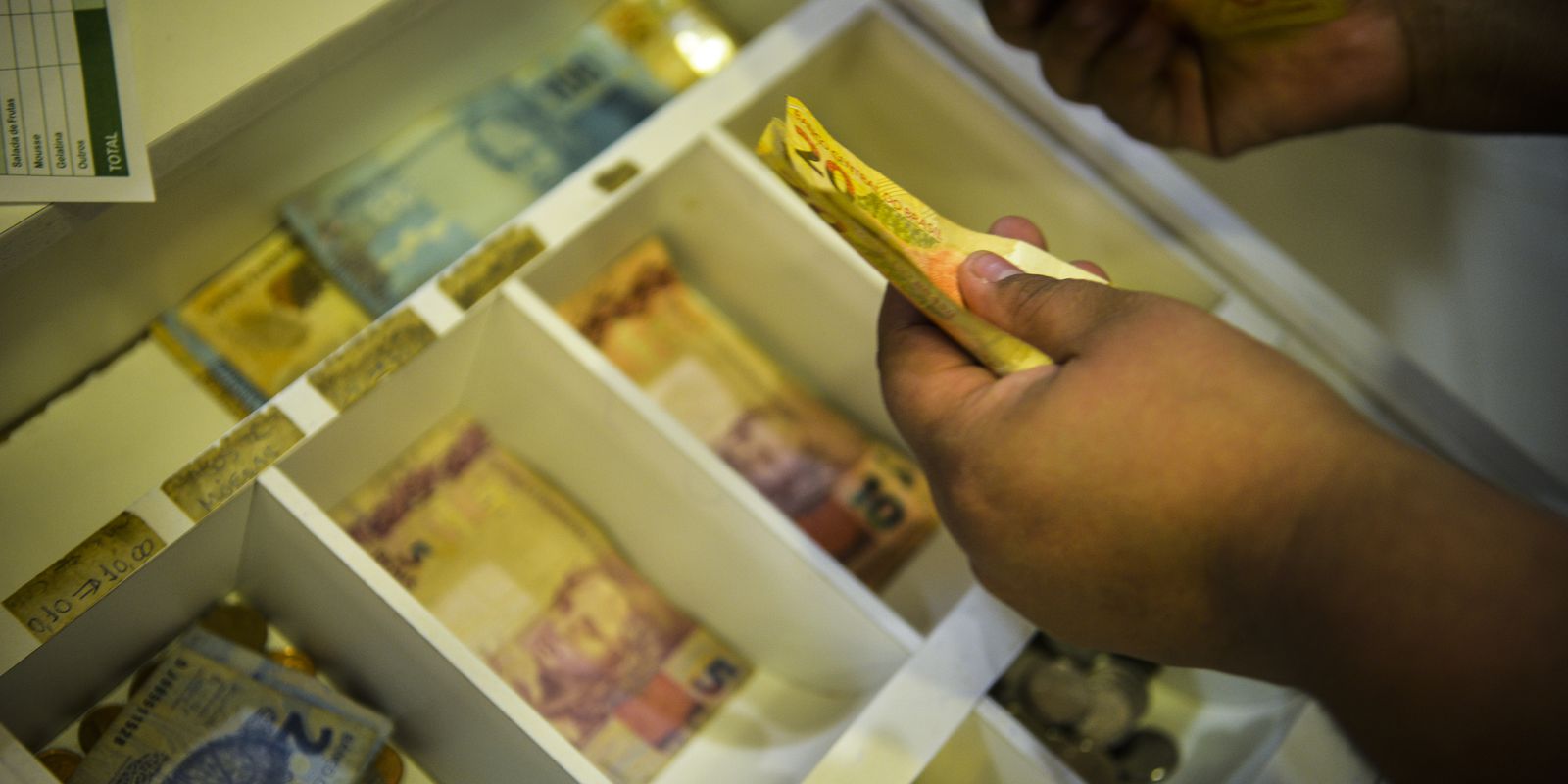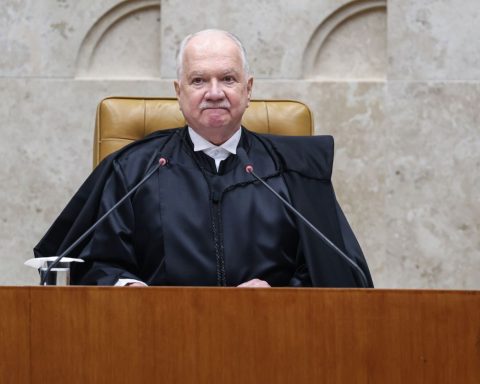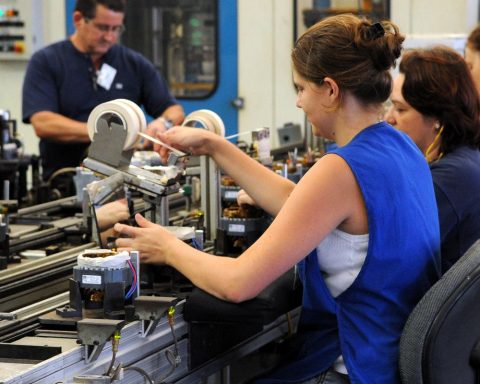The general government’s net borrowing requirement reached BRL 201.5 billion in 2021. The amount is equivalent to a 77.5% decrease compared to the previous year, when it was strongly influenced by the crisis caused by the covid-19 pandemic. The 25.8% growth in total revenue compared to the 1.8% increase in expenditure computed at the three levels of government favored the result.
The positive variation of all revenue components: tax revenue (28.2%), social contributions (12.1%) and other revenues (43.9%) allowed its performance in 2021. The data are in the Statistics of Public Finances, released today (23), by the Brazilian Institute of Geography and Statistics (IBGE).
For the Public Administration manager of the Coordination of National Accounts, Douglas Moura Guanabara, the combination of two factors allowed the fall in the need for financing in 2021. “Strong increase in collection, mainly with the recovery of economic activity in the post-pandemic period, and cost reduction, more specifically the resources used in the previous year to face the pandemic”, he pointed out.
Taxes
The numbers also indicated that all items in relation to taxes had an increase. The highlight was taxes on trade and international transactions (35.7%), taxes on income, profits and capital gains (32.6%) and taxes on goods and services (27.2%). Property taxes grew by 17.8% and payroll taxes by 12.7%.
The increase is related to the 38.2% increase in the dollar value of imports, which contributed to the increase in the collection of taxes on trade and international transactions. In income taxes, the influence was the advances of 71.2% in the collection of the Corporate Income Tax (IRPJ) and 45.4% in the collection of the Social Contribution on Net Profits (CSLL), which according to the IBGE , can be explained by increases in monthly, quarterly and presumed profit collections, and also by atypical payments, which totaled approximately R$ 40 billion in 2021.
According to the manager, the recovery of economic activity had a direct impact on collections, which explains the strong increase in the collection of taxes on company profits, but there are also other factors that help explain this performance. “The resumption of IOF collection, which had been zeroed for credit operations in 2020, the significant increase in the collection of dividends from federal state companies and financial compensation for oil and gas production provided for in the pre-salt concession contract, are some of them,” he added.
With growth of 85.3% in the period, equity income made a relevant contribution among the sources of total revenue. According to the IBGE, the percentage resulted from the 54.5% rise in interest income and the strong increase in dividend collection (384.2%), as a result of the positive financial performance of federal state companies, and the collection of concessions of non-produced assets (99.1%), mostly oil royalties, at the federal level, and privatizations at the state level, with greater emphasis on the Cedae-RJ auction.
social security benefits
The 15.7% drop in payments of social security and assistance benefits was the main reason for the growth of only 1.8% in expenses and, consequently, for the reduction in the Net Borrowing Need in relation to 2020. Remunerations had a positive variation of 5.5% and expenses with goods and services grew by 13.7%. Expenses with interest, subsidies and other expenses also varied positively by 38.7%, 6.4% and 37.5%, respectively.
Guanabara reported that the 15.7% drop in the payment of social security and assistance benefits, an item that concentrated the resources used to face the pandemic, contributed decisively to contain the increase in expenses in 2021. them with a significant increase, such as interest payments, which rose 38.7%”, he observed.
social benefits
The 2021 Public Finance Statistics also showed that the category of Social Assistance Benefits in the classification of the Intermediate Government Account, which in 2020 had recorded a total expenditure of BRL 415 billion, had a negative variation of 58.8% in 2021, with expenditure total of 171 billion. The explanation is the reduction in spending on social benefits, which showed an exceptional increase in 2020, since this category concentrated a significant part of the resources destined to face the pandemic crisis, with emphasis on emergency aid and the benefit for maintaining employment and income.
Gross fixed capital formation
Gross fixed capital formation (GFCF), which represents investments raised in the government’s Intermediate Account, went from around R$ 112.6 billion to 121.2 billion, which means an increase of 7.6%, influenced by investments carried out by state governments, which increased by 73%, following the upward trend of 8.6% observed in the previous year.
“Some factors that may help explain the increase in investments at the state level are related to the increase in revenue, such as, for example, the collection of ICMS, an item responsible for approximately 56% of the total state revenue and which presented a variation of 25.8 %, and extraordinary income from concessions and transfers”, said the manager.
Counties
Also according to the survey, municipal governments, which contributed positively to gross formation in the two previous years with increases of 28.3% in 2019 and 44.3% in 2020, changed the course of the growth trajectory in 2021 and recorded a decline of 17.8%. “The federal government again recorded a drop in investments in 2021, which were reduced by 8.4%, compared to a 3% drop in 2020”, added the IBGE.
Also in 2021, the added government value recorded in the Intermediate Government Account reached BRL 1.2 trillion. This represents a positive variation of 7.1% compared to the previous year. All spheres had positive variation: 3.9% in the federal, 9.7% in the state and 7.5% in the municipal. “With this behavior, the federal sphere lost 1.0 percentage points of participation in the total value added to the sector, going from 31% to 30%, while state and municipal governments increased their participation by 0.8 and 0.1 percentage points, respectively”, concluded the IBGE.
















